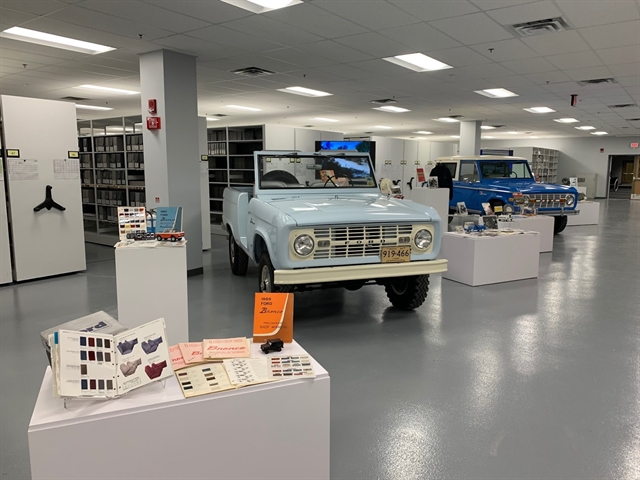Ford Motor Company is making a century of its archival assets available to the public through a comprehensive new online database called the Ford Heritage Vault.

Ford Motor Company is making a century of its archival assets available to the public through a comprehensive new online database called the Ford Heritage Vault.
The Ford Heritage Vault offers more than 5,000 curated photographs and product brochures from Ford and Lincoln vehicles. The collection spans Ford’s production history from the company’s founding in 1903 to its centennial in 2003.
Users touring the vault will be able to create a collection of materials that can be downloaded for their own personal Ford archives.
“We’re opening up in a way we’ve never done before,” said Ted Ryan, Ford archive and heritage brand manager. “Our archives were established 70 years ago, and for the first time, we’re opening the vault for the public to see. This is just a first step for all that will come in the future.”
Over the past two years, the archives team has used its vast experience to carefully select thousands of images from the company’s first century. The high-resolution images focus on the design and functionality of the vehicles.
Vehicle brochures also play a big role in documenting Ford’s history, with thousands having been digitised for the Ford Heritage Vault.
As Ford continues to modernise its business as part of the Ford+ plan, the company is also bringing modernisation to its archival collection. Ford Heritage Vault has been created with accessibility features that translate photos, charts, graphs and other pre-digital assets for compatibility with assistive technology now used by the blind and visually impaired, such as screen readers, to interpret websites. Heritage Vault users will be able to request remediated versions of additional brochures if they encounter inaccessible documents. Once completed, they will be emailed a copy of the remediated documents.
While the inclusion of accessibility features is becoming more common online and on social media, many archives facilities may not have the resources to undertake the extra measures necessary to bring these analog assets into the digital era. — VNS
- Tags
- Ford Heritage Vault





